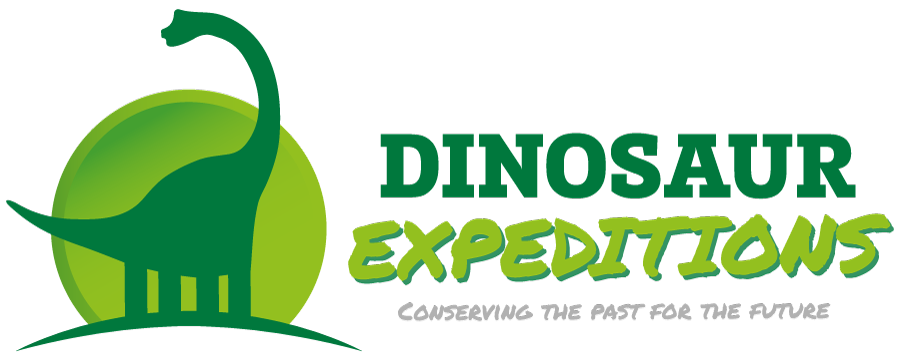Previously I wrote about sculpting a pair of the enigmatic ‘Splate’ spines. Something I will be returning to later. With a pair of Polacanthine Splates finished, the next job was to sculpt all the spines of the tail.
Based on a couple of different interpretations I needed to sculpt between 22-24 Caudal Spines, now that’s a lot of spines! Fortunately they get smaller towards the end the tail.

Unlike the ‘Splate’ I do have a cast of an (early to middle) tail spine to refer too. So I measured the spine and drew it at just over half scale to make a template.

With the outline marked on the extruded polystyrene I cut the shape out and started to carve the spine.

Once the first spine was finished I carved the other spine of the pair.

With the first pair of Caudal Spines finished I repeated the process by sculpting the second pair of spines (using the first pair as an example).

At the end of the day I took a group shot of all the pairs of spines (Cervical - Pectoral, to Caudal) sculpted to date.
Next time I will complete the process of sculpting the remaining Caudal Spines.



























